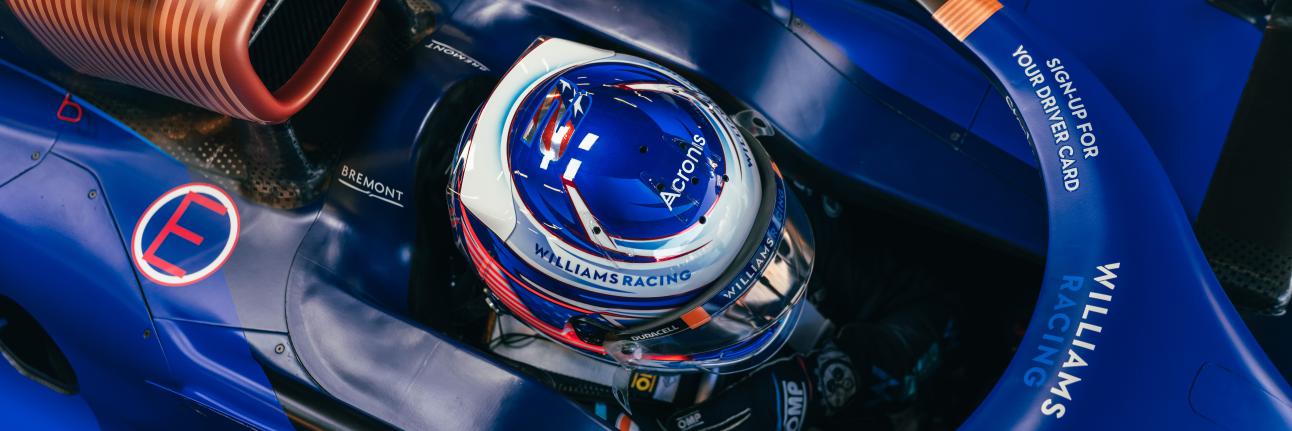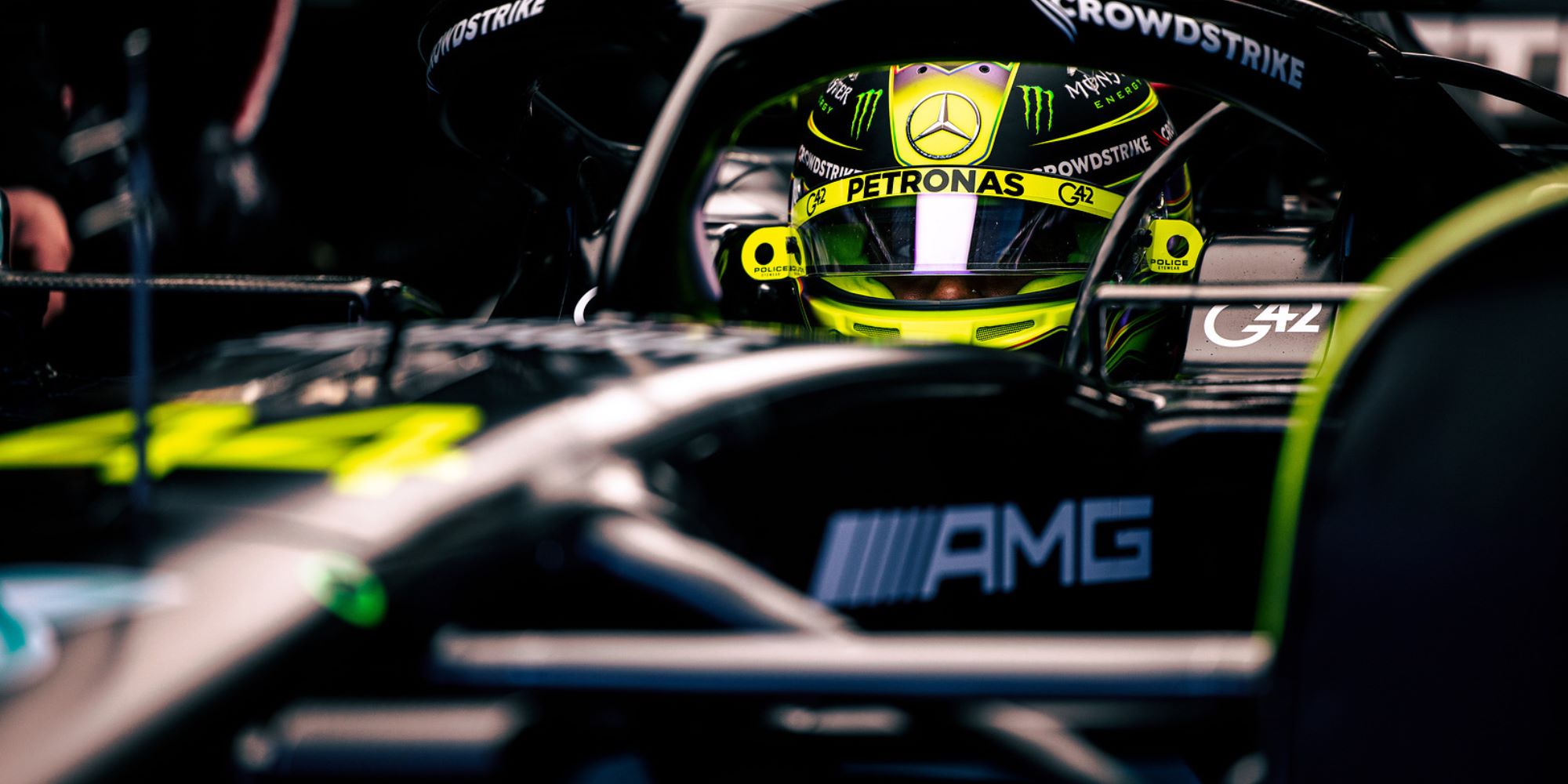
What’s new in Formula 1 for 2023?
21 February 2023The covers are off, the winter break is over, and Formula 1 is back as the field reconvenes in Bahrain this week for pre-season testing. Featuring new drivers, revised lineups, and some familiar faces, the 2023 season promises intrigue and drama, as Max Verstappen attempts to bag a third World Drivers’ Championship title. A new season, however, brings revised regulations. As we get ready for testing, here’s everything new you need to know about Formula 1 for the coming season.
The War on Porpoising
F1 had a word of the year, in 2022 it would have been ‘porpoising’ as the arrival of ground-effect aerodynamics caused a new headache for drivers and teams to overcome.
Caused by airflow stalls when the floor of a car gets too close to the ground, porpoising is the phenomenon where a car bounces up and down when in motion. Monitoring measures were introduced in the second half of last season, but for 2023, active steps have been taken in an attempt to reduce this agonising side-effect. These changes include floor edges being raised by 15mm, the diffuser throat height being raised, and edge stiffness increased, and the addition of a sensor to monitor porpoising.

Stronger Roll Hoops
At last season’s British Grand Prix, fans were stunned into silence when a scary shunt for Zhou Guanyu saw the Chinese racer’s Alfa Romeo roll over and slide upside down on lap one. He escaped the accident unscathed, but in efforts to improve safety for 2023, new regulations dictate that every car roll hoop requires a rounded top.
This change will reduce the chance of a roll hoop digging into ground and set a minimum height for the application of homologation tests to make Formula 1 safer than ever before.
Improved Visibility
Driver visibility will also take an upturn this season, courtesy of changes to wing mirror design, with the reflective surface increasing in size from 150mm to 200mm. This change, albeit small, was adopted by most of the grid after being tested by Red Bull and Mercedes last season but is now written into the regulations.
Harder, Lighter, Faster, Stronger
Last season’s introduction of a 798kg minimum weight limit was one of F1’s biggest regulation changes in recent history. For this season, that minimum weight has been decreased by 2kg to 796kg, leaving teams scrambling to shave off even more weight from their 2022 designs, after previously fighting to meet the weight limit last year.

Gearbox Changes
Alongside other technical alterations, gearbox changes have also faced an upheaval for 2023, with modifications now being allowed in the event of materials, processes and proprietary parts becoming unavailable. Previously, changes to homologated gearboxes were only permitted to resolve reliability issues, and for cost-saving at the start of each season. In every case, clear documentation must be provided to justify the change, approval must be obtained from the FIA, and the modifications cannot provide a performance advantage.
Freedom to Cool
Teams will have greater freedom in 2023 when it comes to the cooling of fuel – a small change that could have potentially big consequences when it comes to reliability. This season, fuel in a car cannot be colder than either 10-degrees centigrade below ambient temperature, or 10-degrees centigrade when the car is running outside of the garage.
A Marathon of Sprints
For 2023, F1 will increase its number of ever-popular Sprint weekends, which will rise from three in 2022 to six in the coming season. The Azerbaijan, Austrian, Belgian, Qatar, United States, and Brazilian Grands Prix will all feature their own Sprint races, while the Sprint accident damage allowance will also increase. This will double to $300,000 as a fixed amount for each team on a Sprint weekend, while all other Sprint damage allowances will be removed entirely.
As the season approaches, parc ferme regulations are also under review, with the hope of simplifying the process after an increased number of requests from Friday to Saturday last year.
Qualifying Tweaks
F1’s current qualifying format is tried, tested and adored; yet will see changes this season on two Grands Prix weekends. In this trial, used to evaluate if the changes are appropriate for future campaigns, tyres will be mandated, with the Hard compound used in Q1, Mediums in Q2, and Softs in Q3.
During weekends using this format, drivers can use no more than 11 sets of dry tyres (two fewer than on a regular weekend), which will also improve F1’s sustainability credentials.

DRS Trials
Like qualifying, F1’s DRS activation after race starts and restarts will also be evaluated, with the prospect of it being brought forward by one lap. This will be tested during each Sprint in 2023, with the possibility of it being introduced to all races in 2024.
Penalty Clarification
Last season’s Italian Grand Prix was the source of some confusion when grid penalties throughout the field shook up the starting order to a virtually unrecognisable classification. After widespread puzzlement as to how penalties were applied, the regulations have been changed to provide improved clarity.
Moving forwards, “Classified drivers who have accrued more than 15 cumulative grid position penalties, or who have been penalised to start at the back of the grid, will start behind any other classified driver. Their relative position will be determined in accordance with their qualifying classification.”
Reduced Strain
Working demands in F1 are notoriously high, but for 2023, the number of hours worked by team personnel will be reduced. The third of three restricted periods will now begin one hour earlier, while an additional hour is also set to be cut in 2024. T
he number of curfews permitted on Wednesday and Friday will also be sliced in half, from eight to four and six to three, to make working in the paddock more sustainable than ever before. There you have it! Let the 2023 Formula 1 season commence.










